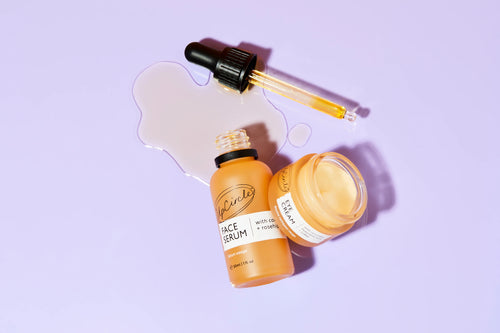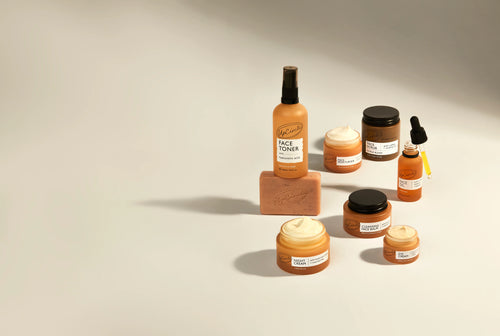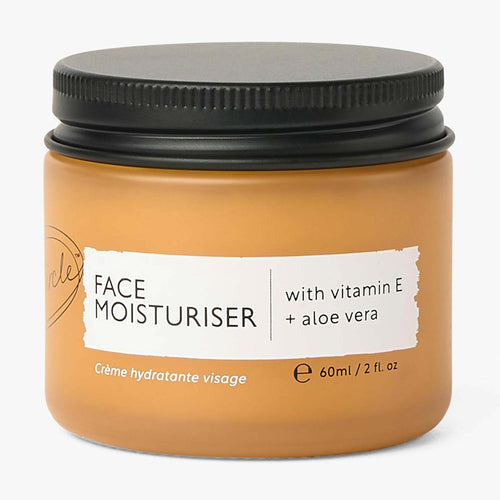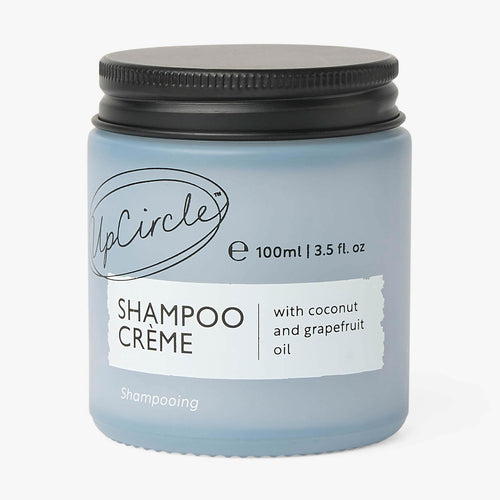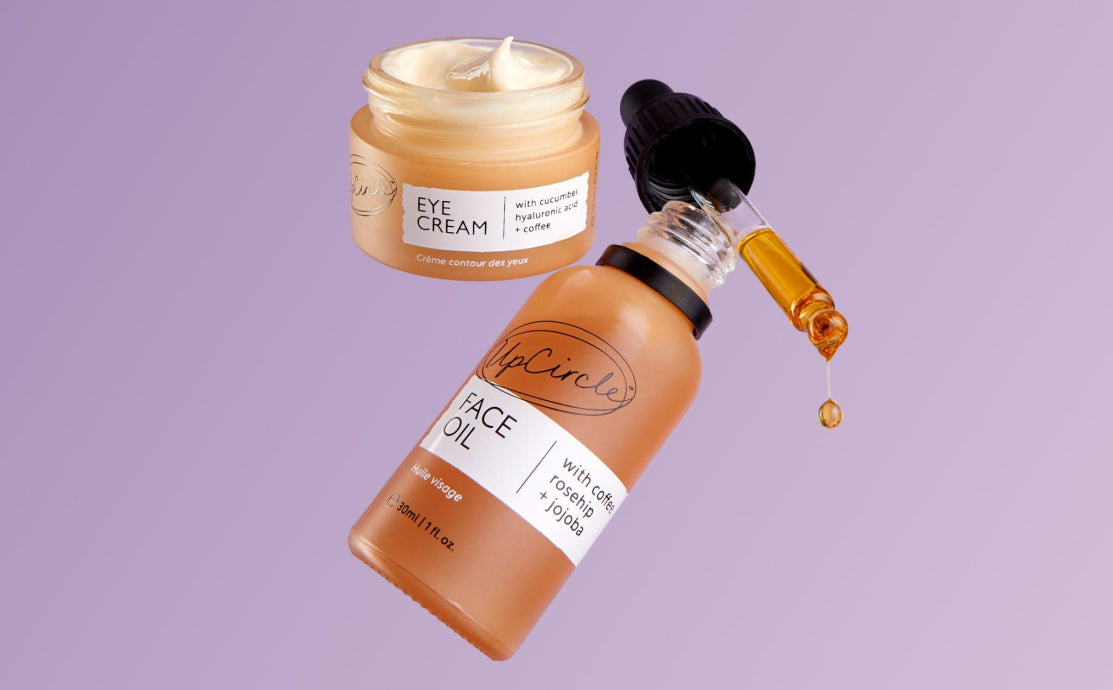We’ve spoken about skincare layering before, and how each product in your skincare routine is formulated to deliver ingredients in a specific way. Layering affects how well those ingredients can penetrate the skin, but that’s not the only thing that you need to consider.
When it comes to skincare, it's not just about what products you use, it’s how you combine them. Some ingredients work in perfect harmony, boosting each other’s effectiveness and delivering impressive results. Others? Not so much. The wrong mix can lead to irritation, breakouts, or reduced efficacy.
Why skincare pairings matter
Many people don’t realise that skincare is a bit like chemistry: not all ingredients get along. Understanding how certain ingredients interact with one another can make the difference between a routine that supports your skin and one that starts to cause irritation and inflammation.
Some ingredients have a synergistic relationship, which means that they boost each other’s effectiveness when used together. A great example of this is using hyaluronic acid and vitamin C together: hyaluronic acid is a great hydrator, while vitamin C works to brighten the skin and protect against free radical damage.
Using well-paired ingredients can supercharge your routine without needing to add more steps and more products. It’s important to remember that creating your skincare routine is also a balancing act between the potency and effectiveness of the skincare ingredients, and how well your skin can tolerate them. That’s why many people opt to cycle their skincare products, especially exfoliants and retinoids, using the principles of skin cycling.
Some skincare pairings can actually cancel each other out, work against one another, or cause inflammation. An example of this is for people with acne-prone skin, ingredients like benzoyl peroxide and retinol are both great for targeting breakouts, but deactivate each other when layered. Similarly, if you mix multiple exfoliating acids or combine too many strong skincare actives without guidance, you can easily end up with irritated, dry, red skin.
It’s easy to lose sight of the bigger picture and evaluate products individually, but the real magic lies in how they work within your routine and together with other products. A serum may not deliver visible results alone, but when paired with the right cleanser, toner, and moisturiser, it helps give you healthy, glowing skin.
Skincare ingredients that work well together
1. Niacinamide and hyaluronic acid
This skincare pairing really is a dream duo for hydration and balance. Niacinamide (vitamin B3) regulates oil, reduces redness, and strengthens the skin barrier. Hyaluronic acid has the ability to hold over one thousand times its weight in water, and also prevents moisture loss from the skin. That makes this pair ideal for all skin types, especially sensitive or acne-prone skin.
Our Night Cream is enriched with both hyaluronic acid and niacinamide, helping to replenish the skin’s natural barrier.
2. Peptides and retinol
Retinol is a fan-favourite for tackling sagging skin and other signs of ageing, but it can be drying or irritating. That’s where peptides come in handy. A little science lesson: peptides are short chains of amino acids that support collagen production and skin healing – which is perfect for skin that is irritated.
By using peptides and retinol together, you can get the full benefit of the retinol without overwhelming your skin.
Our Peptide Serum helps to boost collagen and skin elasticity. For some natural ways to incorporate retinol into your skincare routine, check out our blog post on Natural Retinol Alternatives.
3. Salicylic acid and niacinamide
Salicylic acid and niacinamide are a great skincare pairing, especially for oily, acne-prone, or congested skin. Salicylic acid is a BHA which unclogs pores, tackles breakouts, and gently exfoliates. Niacinamide regulates sebum (oil) production, calms inflammation, and strengthens the skin barrier. This skincare combination is great for oily or blemish-prone skin.
4. Niacinamide and retinol
Retinol is loved by many people for its ability to smooth fine lines and wrinkles, increase cell turnover, and improve skin texture and tone. But it's also known for potential side effects, especially when first introduced, like dryness, flaking, redness, or sensitivity.
Using niacinamide at the same time as retinol helps to calm inflammation, strengthen the skin barrier, and improve how well your skin retains moisture.
Skincare ingredients to be cautious mixing
1. Retinol, AHAs and BHAs
Both retinol and exfoliating acids (AHAs like glycolic acid or BHAs like salicylic acid) can be powerful on their own, but together, they’re a recipe for irritation and unhappy skin. Using the ingredients together can damage your skin barrier, leading to dryness, redness, and sensitivity. If you want the benefits of both, make sure you're alternating the nights you use them.
2. Vitamin C, AHAs and BHAs
Some forms of vitamin C, like L-ascorbic acid, can be irritating, so using exfoliating AHAs and BHAs at the same time can be too much for your skin barrier and cause painful irritation and redness. If you want to incorporate both into your routine, try using AHAs and BHAs at night, and vitamin C in the morning to minimise irritation.
3. Benzoyl peroxide and retinol
We touched on this earlier, but these two ingredients can neutralise and render the other ineffective. It is possible to use both ingredients in your routine, but not together. Some people find that using benzoyl peroxide in the morning and retinol at night, or on alternate days, works for them without drying their skin.
Discover our full collection of natural skincare, formulated with skin-loving ingredients.

